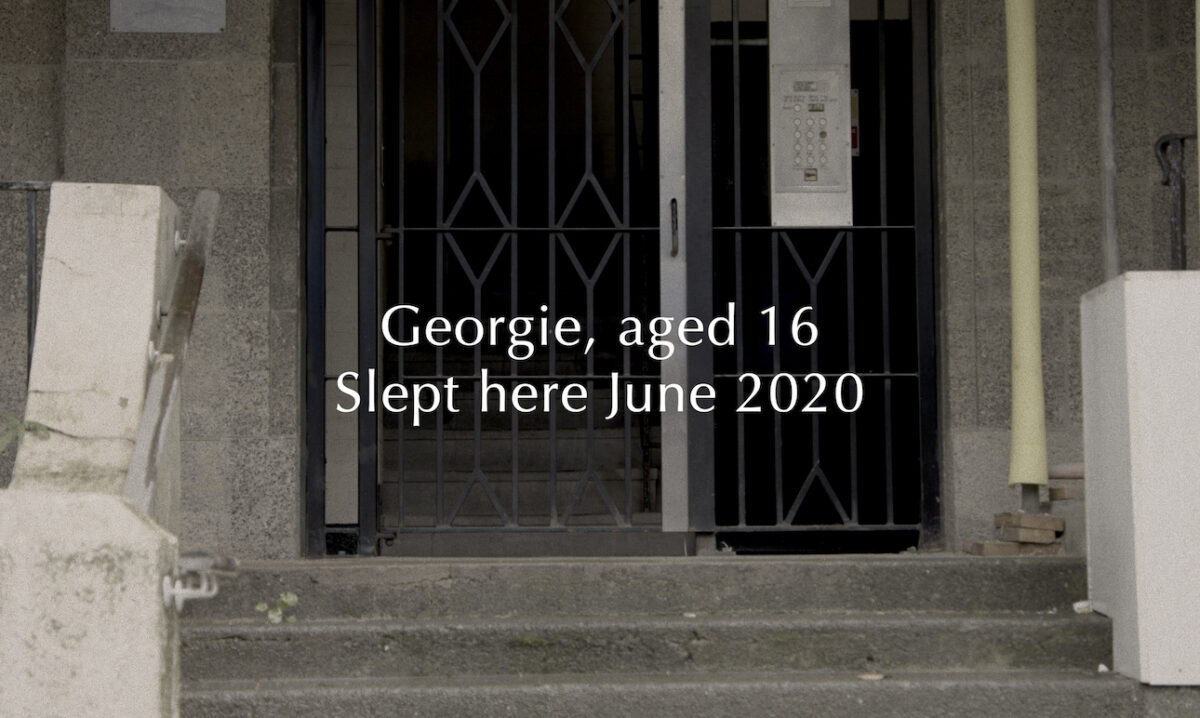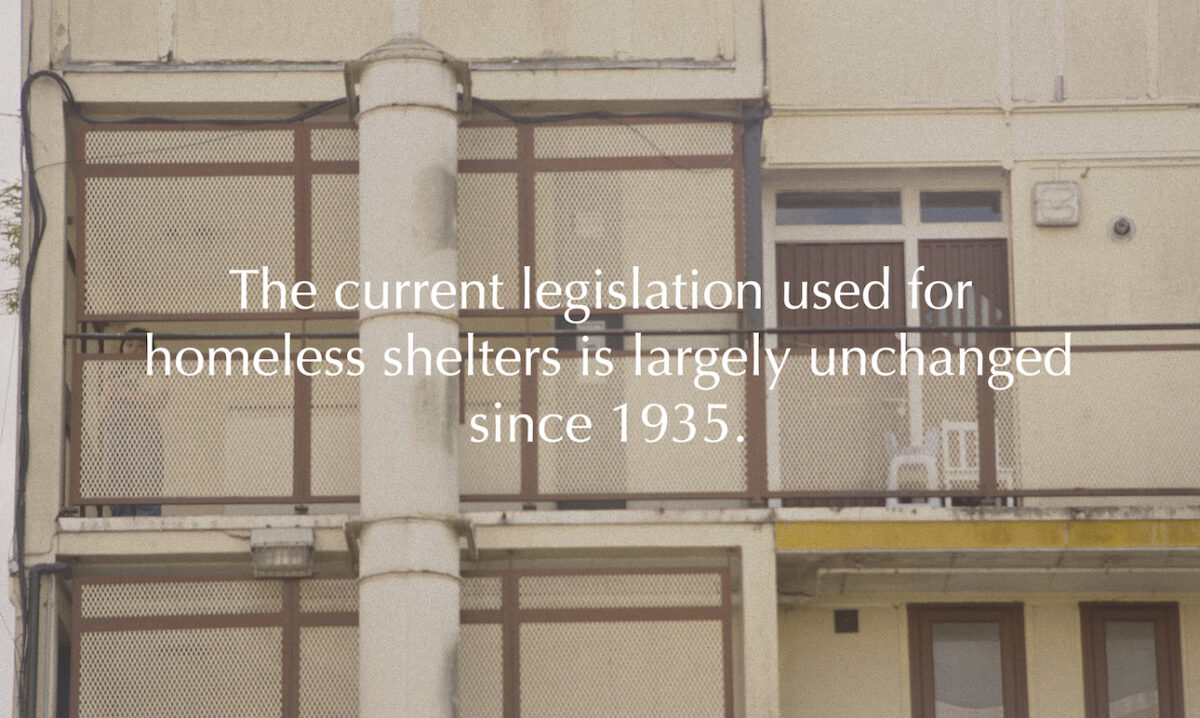Three UK architects discuss why they developed guidelines for improving emergency shelters for young people – and what needs to change

Words by Miranda MacLaren, Heather Macey and Polina Pencheva
Youth homelessness is a complex problem, and one that has been exacerbated by the pandemic: 2020 saw a rise of almost 50% in the number of 16 to 25-year-olds sleeping rough in London, for example, compared to 2019. Emergency accommodation currently on offer to young people is substandard, often in poorly converted buildings, and frequently with no privacy, security or space for social support. Purpose-built emergency shelters for young people are barely in existence at all.
And, as it stands in the UK, no design guidelines exist around this area of housing provision, beyond those that prevent fires and the formation of slums. This is despite design guidelines for traditional housing being dutifully updated by industry bodies year upon year.
What this means is that any charity or local authority working to get emergency accommodation up and running for the rising number of homeless young people, comes up against a complex system. To action change is a costly, uphill struggle. As a result, emergency housing continues to be part of the problem when it comes to youth homelessness, and not part of a solution.
As architects working for different practices (Morris+Company and John McAslan + Partners) on similar projects around emergency accommodation, we were brought together by our shared experiences of the impossibility of navigating this system. As our eyes were opened to the scale and the extent of the issue of youth homelessness, it became apparent this policy gap needed addressing. And that this would require us, as architects, to step outside our usual remit if we were to initiate change.

This is where our journey began. Through homelessness charities including New Horizon Youth Centre, Depaul and Shelter from the Storm, we learned about the grass roots of the issue, and we listened first hand to the emotional responses of young people to complex housing systems, and shelters with no room for decompression, study or for relationships and networks to grow. For us this defined what would become the bottom line of a campaign we launched: that the principles of a quality living environment are universal.
To broaden our understanding, we talked to housing officers, auditors, financers, legislators, developers and local authorities – including a frustrated housing officer who has spent over 30 years looking at the buildings that let young people down. In collaboration with networks including advisory boards at the AA and RIBA, we have worked to develop policy guidelines that would meaningfully address the problem while being understood by the many audiences and agencies we needed to reach.
The guidelines we have developed call for supportive, dignified spaces that offer safety and stability, and the means to learn to trust, share and build confidence and friendships. Our recommendations call for a diverse range of private, social and support spaces to be provided in every supported housing scheme for young people. These spaces should be designed holistically to provide young residents with the right balance between private and shared experience where the adjacency between them should be well considered to promote wellbeing, safety and ease of use.
The recommendations for each space are qualitative, recognising for example that social space such as a multifunctional ‘kitchen table’ – a place where young people can informally interact – is essential, alongside smaller private rooms for training and counselling. Also that as a minimum a young person’s private space should have a bathroom for dignity, a bed and private storage space for safety and a window with adequate levels of daylight for promoting wellbeing.
These guidelines are designed to help young people make the next step out of emergency accommodation and towards independent living, and we are urging every local authority to read and adopt them, to get more housing off the ground, and young people off the street, for good. The guidelines are accompanied by a film, We Are Not Bad Kids (2020), whose protagonists are young people we met via the charities we worked with. It is about the need to understand youth homelessness, as the first and most important step in addressing it.

This project goes back to how we as architects have influence over the construction industry and the built environment. With housing in particular, it has highlighted to us the value in bringing architects to the forefront of the debate, to involve architects earlier in the process, informing the brief rather than just responding to it, and the improved results and greater efficiencies this would bring.
As architects we are trained to apply practical thinking to social issues. It is our day-to-day job to synthesise information, to coordinate a wide range of consultants and specialists around a project, and welcome a range of perspectives, to find the best, and most workable solutions. If this entrepreneurial approach is good for building buildings, and cities, why wouldn’t it be of benefit to the important and complex policy issues we face today?
Miranda MacLaren is director at Morris+Company, Heather Macey is associate director at John McAslan + Partners, and Polina Pencheva is associate at Morris+Company
This article was featured in ICON’s Spring 2021 issue. Read the digital edition for free
















